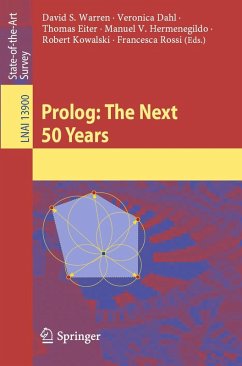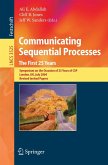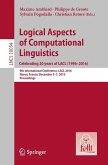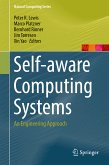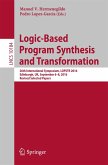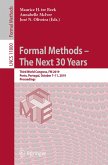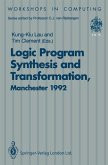After a first chapter that gently introduces the Prolog programming language using examples, the next 7 papers discuss general views of the language, possible extensions for the future, and how Prolog can generally be used to solve problems; the next 5 papers explore ideas and experiences of teaching Prolog programming and then 2 papers discuss technology that has been developed for help in that teaching; the next 3 papers describe new languages based on Prolog which show future directions for logic programming; the next 5 chapters explain the applications that were the finalists for the 2022 Alain Colmerauer Prize; and the final 8 papers describe applications developed using the Prolog language, demonstrating the language's range.
Dieser Download kann aus rechtlichen Gründen nur mit Rechnungsadresse in A, B, BG, CY, CZ, D, DK, EW, E, FIN, F, GR, HR, H, IRL, I, LT, L, LR, M, NL, PL, P, R, S, SLO, SK ausgeliefert werden.

